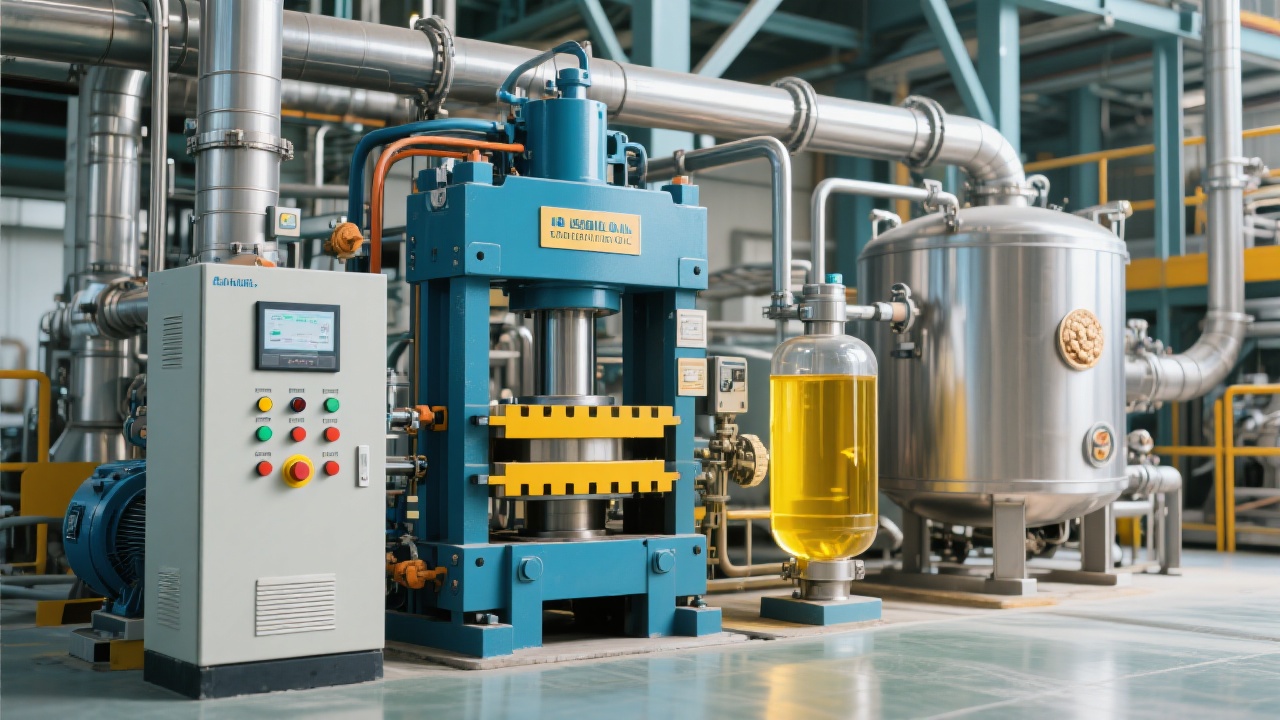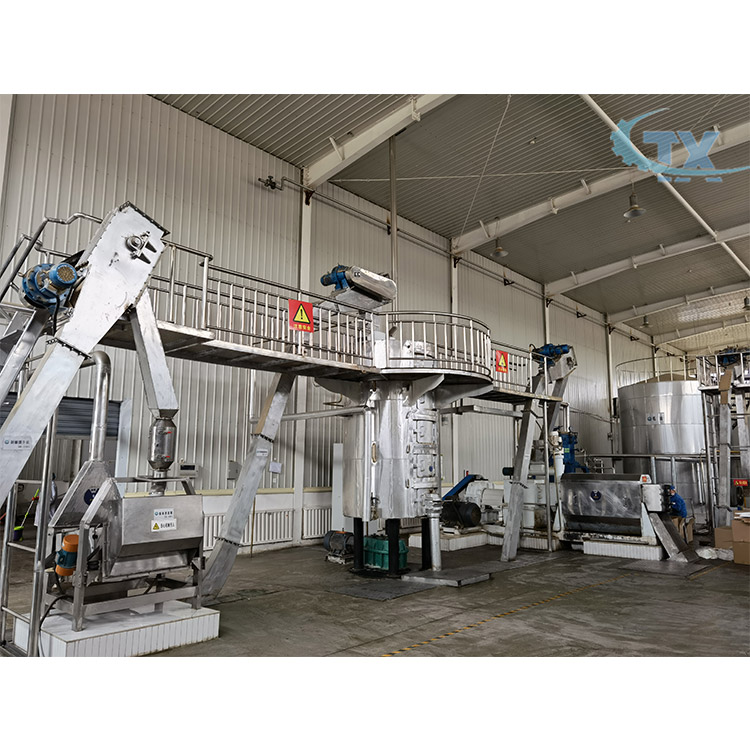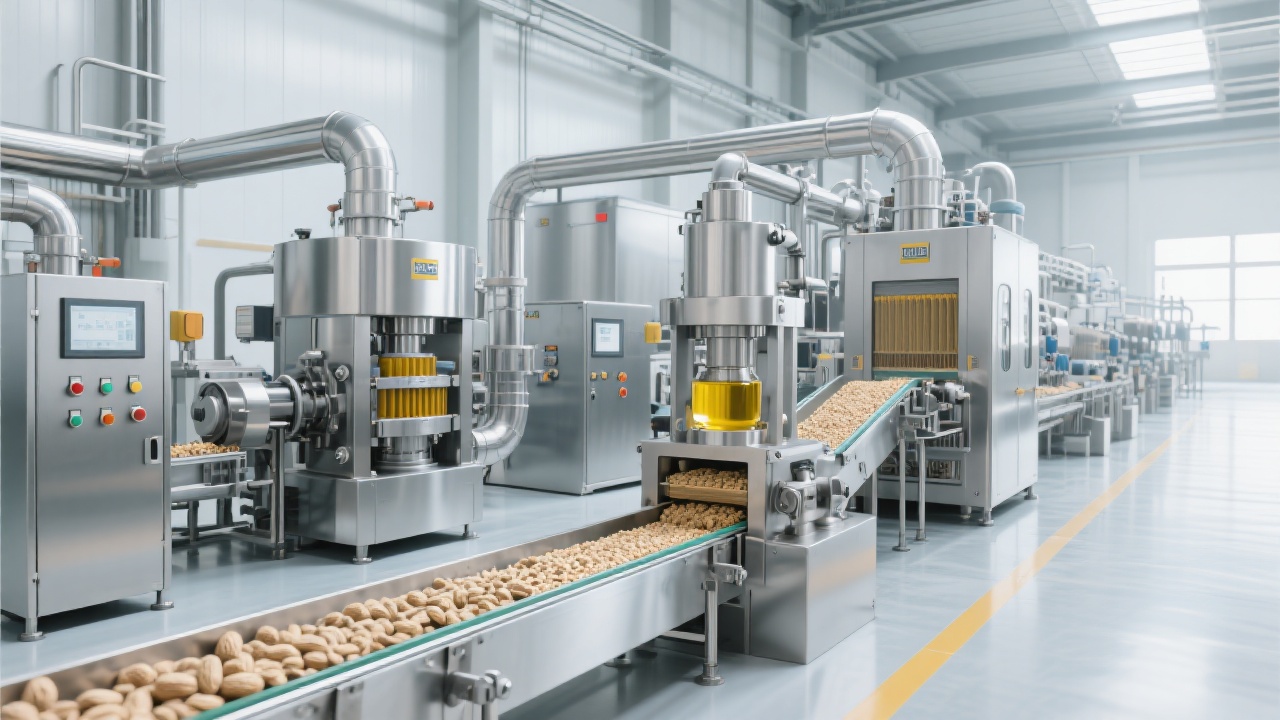
The global demand for high-quality peanut oil continues to rise, driving manufacturers to optimize their production processes. Fully automatic peanut oil presses have revolutionized traditional oil extraction by integrating advanced mechanical design with intelligent controls. However, common operational challenges—chief among them low oil yield and excessive energy consumption—can significantly erode profitability. This article delves into the core technologies behind these machines, offering data-backed, energy-saving solutions engineered to optimize output while minimizing costs.
The mechanical framework of peanut oil presses plays a pivotal role in determining extraction efficiency. Key factors include screw shaft design, pressing chamber geometry, and raw material feeding mechanisms. Recent improvements show that optimizing the screw pitch and diameter can increase oil yield by up to 10% compared to standard models. For instance, a progressive cavity screw design provides consistent compression and shear forces, enabling better cell rupture to liberate more oil.
Additionally, refining the pressing chamber’s internal surface and incorporating high-strength, wear-resistant alloys helps maintain structural integrity under intensive operation, reducing downtime due to mechanical wear. Coupling these structural enhancements with adjustable feeding rates ensures the machine operates within ideal pressure parameters, typically maintaining 6-8 MPa for optimum oil release.
The integration of sophisticated control units is essential for balancing throughput, temperature, and pressure in real time. Programmable logic controllers (PLCs) paired with sensor networks allow dynamic adjustment of operational parameters, responding instantaneously to variations in peanut moisture content or raw material density.
Data from implemented systems demonstrate a 15% reduction in energy consumption by optimizing motor speeds and reducing idle runtimes. Automated feeding controls also prevent blockages and uneven presses, which otherwise contribute to inconsistent yields and increased wear. User-friendly HMI (Human-Machine Interface) dashboards enable operators to monitor critical KPIs, such as pressing torque and oil extraction rate, supporting proactive maintenance and process improvement.

Energy consumption accounts for a significant portion of production costs in peanut oil pressing. Implementing energy recovery systems and high-efficiency motors can lower electrical demands by up to 20%. Heat exchangers enable reusing thermal energy generated during pressing to preheat incoming raw materials, optimizing the thermal balance.
Moreover, adopting variable frequency drives (VFDs) facilitates precise motor speed control, adapting power use to material consistency without unnecessary overspending on energy. Coupling these technologies with scheduled operation and power monitoring protocols helps manufacturers reduce their carbon footprint while enhancing cost-effectiveness.

| Issue | Cause | Recommended Solution |
|---|---|---|
| Low Oil Yield | Improper screw design or low pressing pressure | Upgrade screw design; adjust pressure to 6-8 MPa; regulate feeding speed |
| High Energy Consumption | Inefficient motors; lack of automation | Implement energy-efficient motors; integrate VFD controls and PLC automation |
| Frequent Equipment Downtime | Wear and tear of mechanical parts | Use wear-resistant materials; schedule preventive maintenance |
Field tests conducted on advanced fully automatic peanut oil presses indicate the following improvements versus traditional models:
| Metric | Traditional Press | Optimized Press | Percentage Improvement |
|---|---|---|---|
| Oil Yield (%) | 38.5 | 42.3 | +9.9% |
| Energy Consumption (kWh/ton) | 130 | 104 | -20% |
| Operating Downtime (hours/month) | 18 | 10 | -44.4% |

Investing in a fully automatic peanut oil press equipped with these advanced features not only drives measurable financial returns but also positions manufacturers as sustainable leaders within the oil processing industry.

